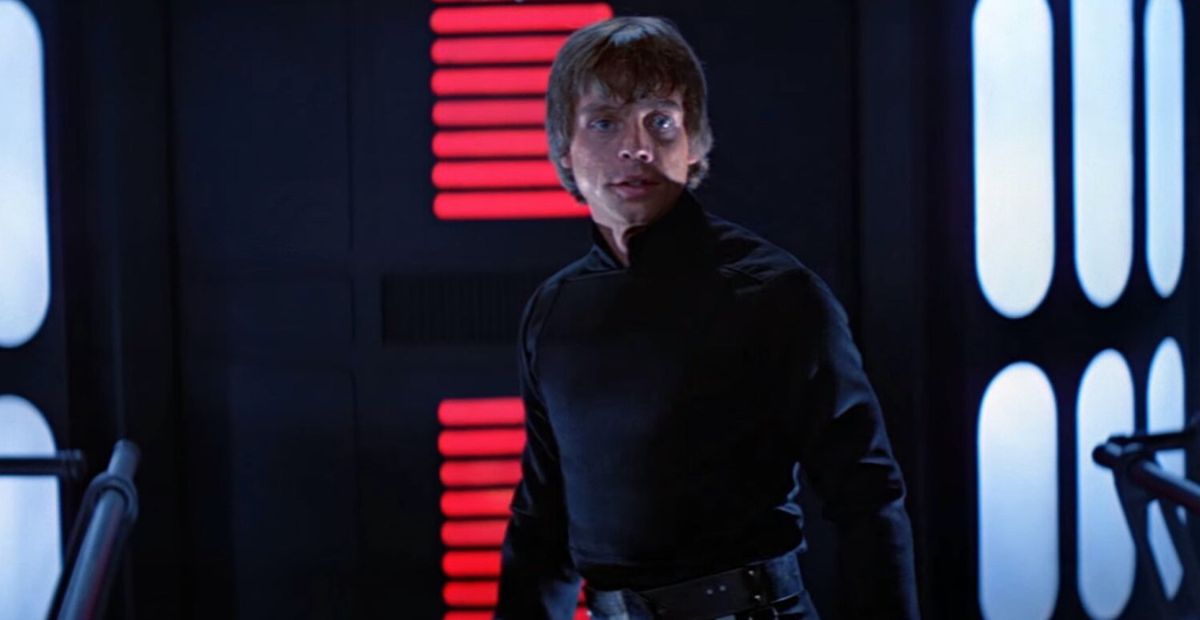Luke Skywalker’s black attire in Return of the Jedi is one of the most iconic looks in Star Wars. At first glance, it seems like a practical and stylish choice, but as fans have pointed out, this outfit was also described as “Black Jedi Clothing” in some early materials. So why didn’t we ever see other Jedi wearing similar outfits, especially in the prequel era?
1. Luke’s Black Outfit Was Meant to Be Symbolic, Not a Jedi Uniform
George Lucas specifically wanted Luke to wear black in Return of the Jedi to emphasize his internal struggle between the light and dark sides of the Force. Costume designer Richard Marquand confirmed in Star Wars Costumes: The Original Trilogy (2014) that this was an intentional storytelling choice, creating a visual parallel to Darth Vader’s dark attire.
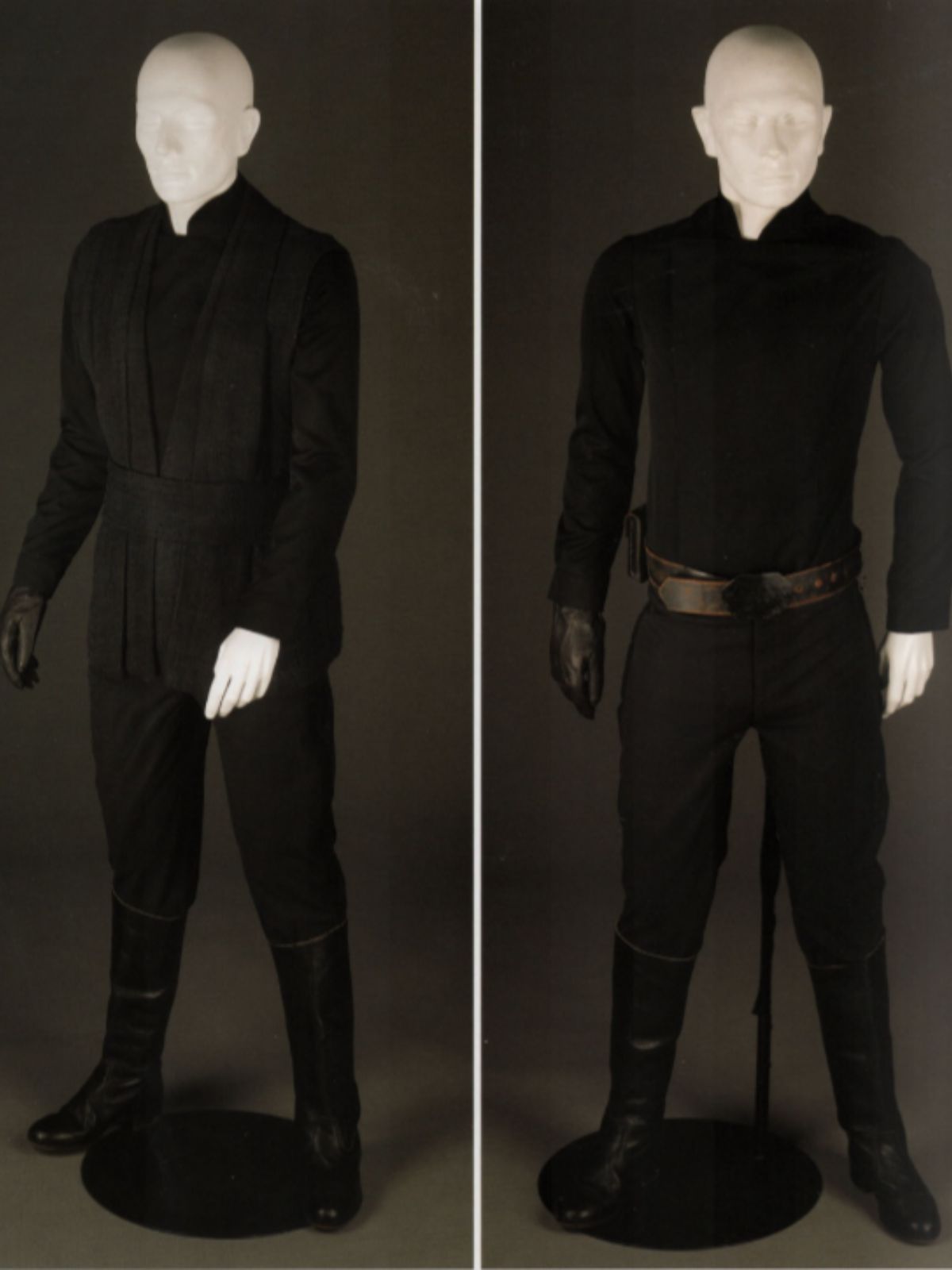
Unlike traditional Jedi robes, Luke’s black clothing wasn’t a standard uniform but a unique representation of his journey. It was meant to create suspense—would Luke follow in his father’s footsteps and turn to the dark side, or would he stay true to the Jedi path?
2. Anakin Wore a Similar Dark Outfit But It Signaled His Fall
Luke isn’t the only Jedi we’ve seen wear dark clothing. Anakin Skywalker’s Jedi robes in Revenge of the Sith were much darker than the traditional beige and brown tunics worn by the Jedi Order. This visual shift was deliberate—it foreshadowed his descent into darkness.
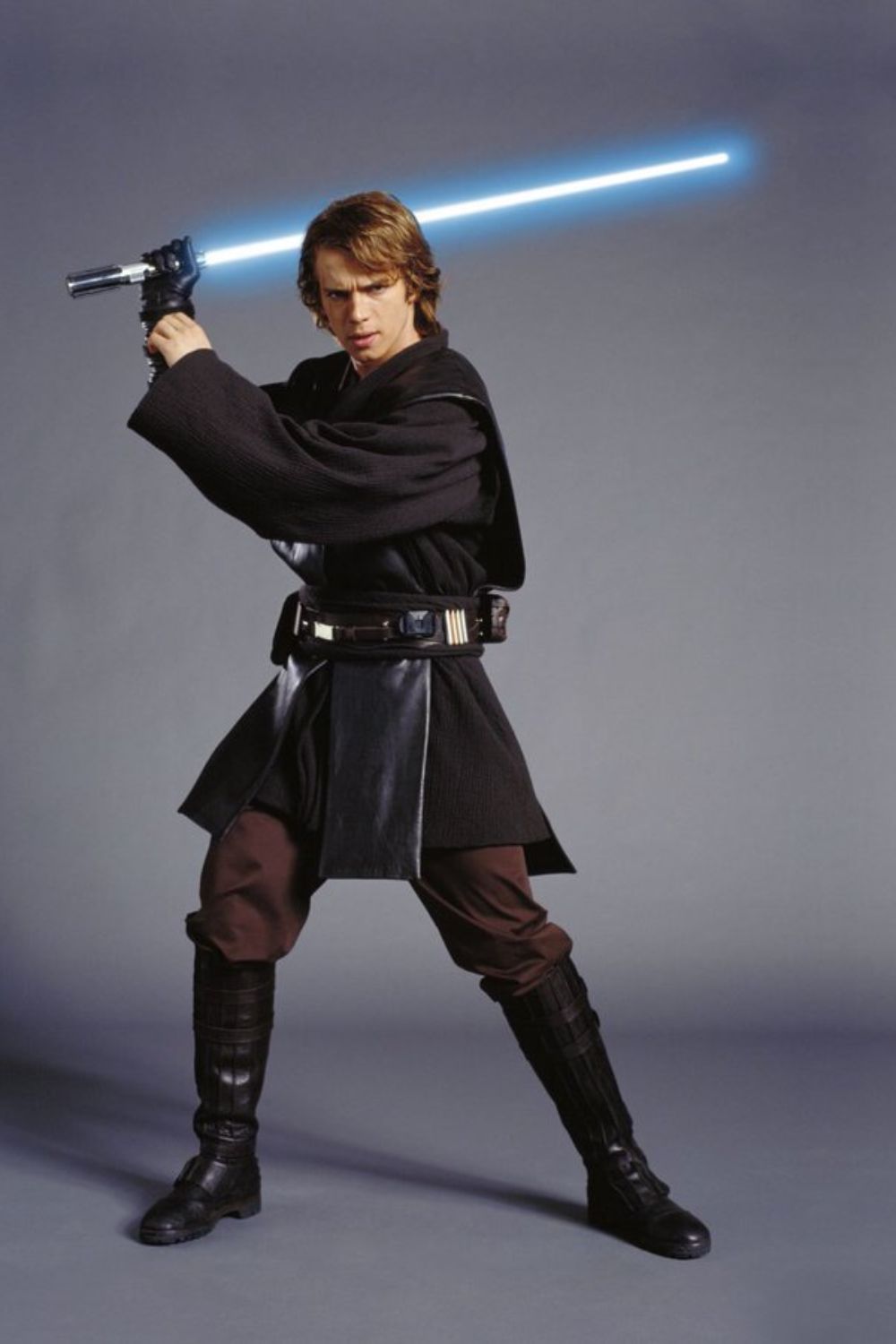
The fact that Anakin’s black robes were associated with his fall to the dark side suggests why the Jedi didn’t typically wear such attire. Jedi clothing was designed to symbolize humility, detachment from material possessions, and a clear distinction from Sith aesthetics. Luke’s black outfit, therefore, was more of a narrative device rather than a representation of traditional Jedi attire.
3. Obi-Wan’s Look Became the Standard Jedi Uniform
The reason we never see Jedi wearing Luke’s black clothing in the prequels comes down to how Jedi fashion was defined. Originally, Obi-Wan Kenobi’s outfit in A New Hope wasn’t intended as a uniform for all Jedi. However, since he was the first Jedi audiences were introduced to, his simple robes became the template for Jedi fashion in the prequel trilogy.
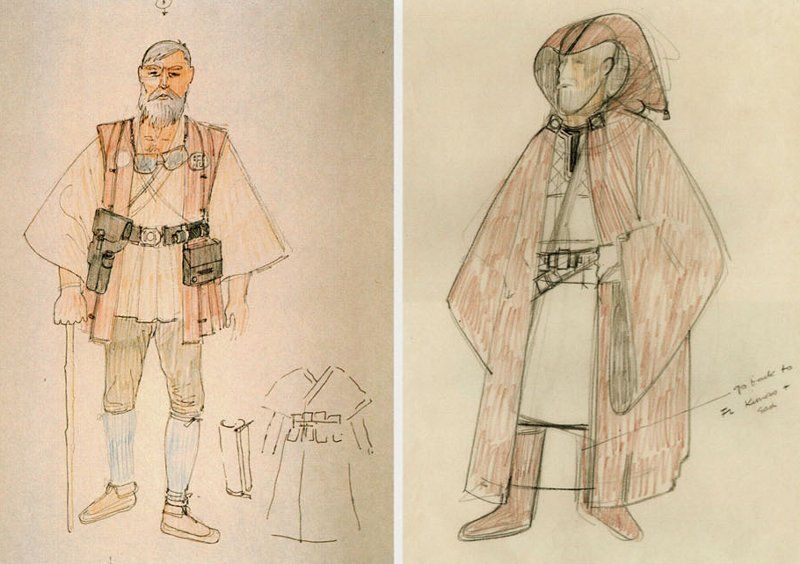
Costume designer John Mollo explained that since Kenobi was the primary Jedi figure in A New Hope, his outfit naturally became associated with the Jedi Order. When The Phantom Menace was being developed, concept artist Iain McCaig used this established look as the foundation for Jedi designs, reinforcing the idea that Jedi wore earth-toned, monk-like robes rather than dark clothing.
4. Marvel Comics’ Early Jedi Depictions Were Inconsistent
One reason fans might assume that black was part of the Jedi wardrobe is because of Star Wars comics. The early Marvel Star Wars comics, which debuted in 1977, featured Obi-Wan Kenobi wearing an outfit similar to Luke’s black ROTJ attire. However, this wasn’t an intentional connection—at the time, the artists had very little reference material to work with.
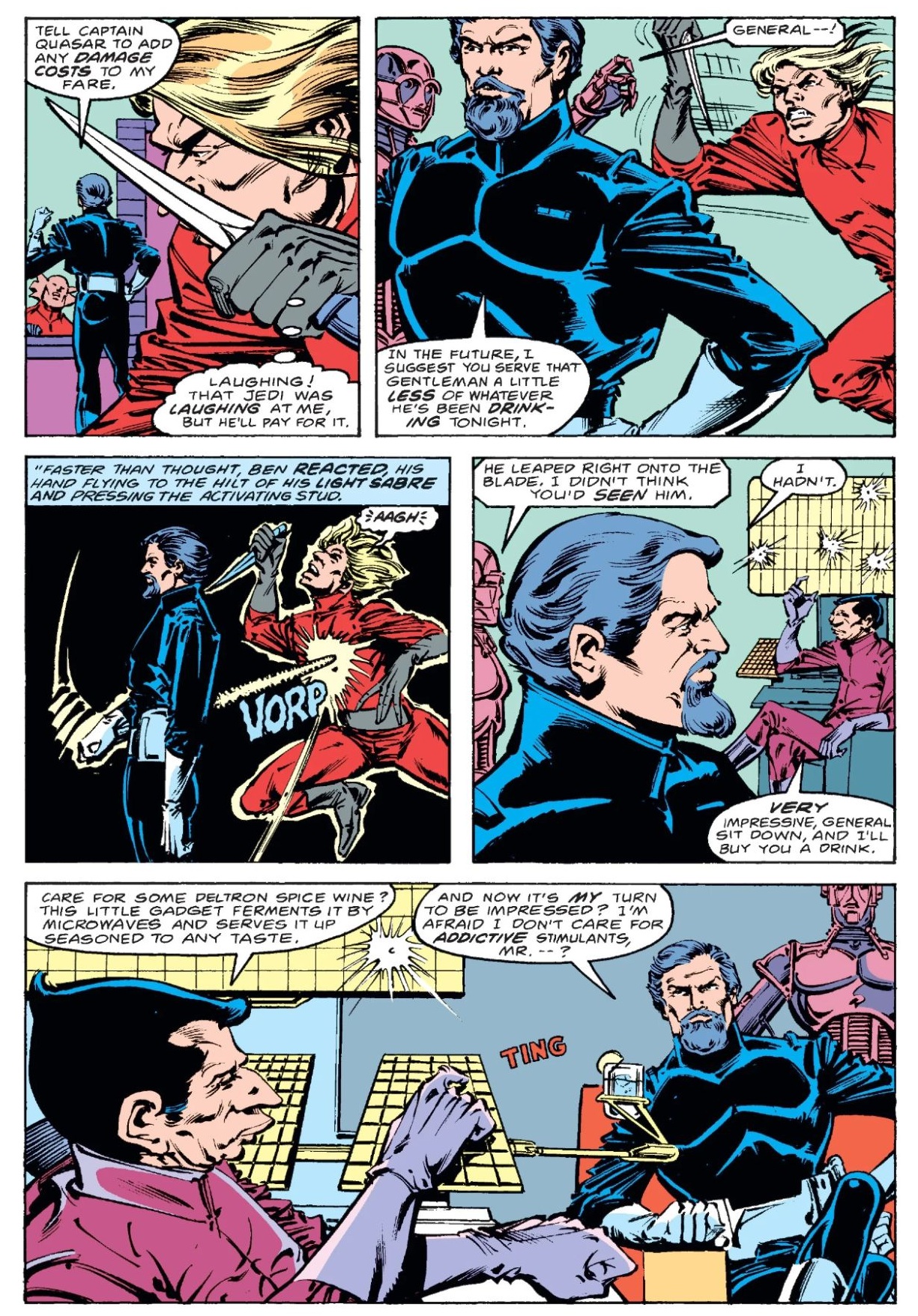
The comics often leaned into superhero-like designs, which is why Obi-Wan’s look in those early issues resembled Marvel’s tight-fitting suits rather than the finalized Jedi aesthetic.
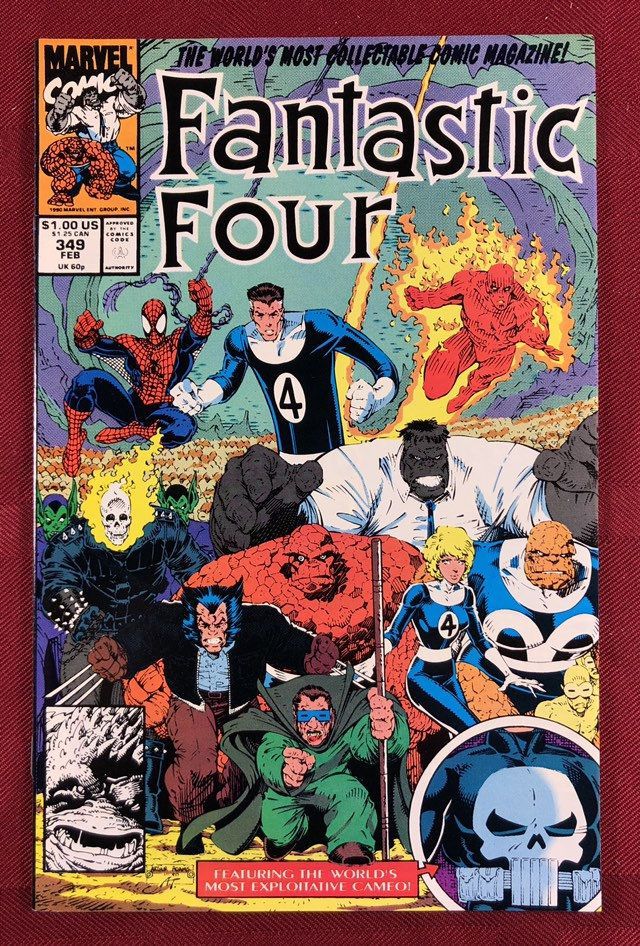
5. Lucas Never Intended Black to Be Standard Jedi Clothing
By the time George Lucas developed the prequels, he had a clear vision of how the Jedi Order should appear. Rather than sleek or dark clothing, Jedi were meant to resemble monks or samurai—warriors who lived simple, disciplined lives.
This design philosophy was inspired by Alec Guinness’s Obi-Wan Kenobi, as well as Lucas’s appreciation for Japanese cinema, particularly the films of Akira Kurosawa. The Jedi were meant to look more like wandering monks than warriors clad in black.
Final Answer: Luke’s Outfit Was a Narrative Choice, Not a Jedi Tradition
The reason we don’t see other Jedi wearing Luke’s ROTJ black attire is simple: it was never meant to be a standard Jedi outfit. Luke’s look was a deliberate storytelling choice to reflect his struggle with the dark side. Meanwhile, the Jedi Order in the prequels adhered to a different visual identity—one that emphasized humility, detachment, and a more traditional, monk-like aesthetic.
While Luke’s black clothing remains an iconic part of Star Wars, it was always meant to be unique to him and his personal journey, not a representation of how Jedi traditionally dressed.

